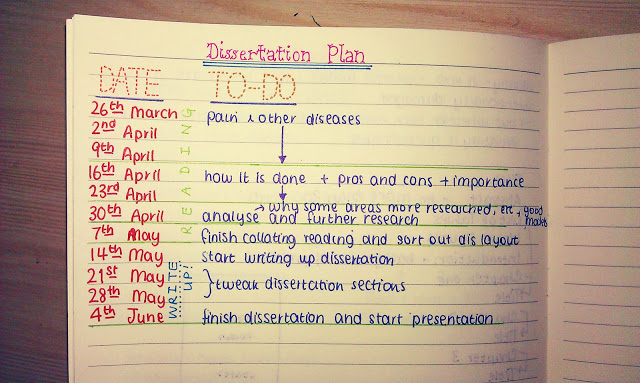What Could Be the Best Possible Short Dissertation Structure Covering Every Corner of the Subject in 10 pages?
Whenever a student starts a dissertation the very first question came into his mind is the short method that he can complete his dissertation which also covers all parts of his dissertation as well.
- Are you in search since morning to find out what makes a short dissertation, short?
- How to squeeze a 10,000 in 5000 words short dissertation?
- What is the difference between a long and short dissertation proposal and an abstract?
- Is there any significant difference between long and short dissertation structures, as such?
A normal person like you would go through the same feeling if suddenly he is assigned to write a dissertation that is SHORT not in information but in the word count. It has been commonly observed, people are more into cutting the information of a supposedly written 10,000 words dissertation into a 5000 words short thesis, resulting in a project that looks totally senseless.
Cut off the information is not the only solution, for this, a person can either learn the art of summing up a dissertation or else, he can determine the priority of information and use it accordingly. I have compiled a list of essentials that would be appropriate to use in your short dissertation.
What is a dissertation? | What does a dissertation look like
A dissertation is a long-form research project or academic paper that is typically required as a final requirement for obtaining a doctoral degree. It is often considered the culmination of a student’s academic work, and it requires significant research, critical analysis, and original thought.
Dissertations can vary in length, but they typically consist of several chapters that outline the research question, literature review, methodology, results, and discussion of the findings. The dissertation must present a clear argument or thesis, supported by evidence and analysis, and must demonstrate the student’s ability to conduct independent research in their field of study.
The process of writing a dissertation can be lengthy and challenging, requiring a great deal of time, dedication, and effort. However, it is also an opportunity for students to make a significant contribution to their field of study, and it can lead to new insights and discoveries that advance knowledge in the discipline.
A quick look at the essentials of a short dissertation | Parts of a dissertation | Sections of a dissertation
Without the following information, a dissertation whether short or long is incomplete. It is better to contain the following section of the dissertation completely and make use of the information you were thinking to cut off because of the short word count of the dissertation.
A dissertation typically consists of several components, which may vary depending on the specific requirements of the institution and the field of study. However, some of the most common parts of a dissertation include:
- Introduction: This section provides an overview of the research topic and outlines the research questions or hypotheses that the dissertation aims to address.
- Literature review: This section provides a critical analysis of existing research on the topic, highlighting gaps in the literature and explaining how the dissertation contributes to the field.
- Methodology: This section explains the research methods and procedures used to collect and analyze data, and discusses the strengths and limitations of the chosen approach.
- Results: This section presents the findings of the research, often using tables, graphs, or other visual aids to help illustrate the data.
- Discussion: This section interprets the results and explains their significance, often relating the findings back to the research questions or hypotheses.
- Conclusion: This section summarizes the main findings of the dissertation, discusses their implications for the field, and suggests directions for future research.
- References: This section provides a list of all the sources cited in the dissertation, following a specific citation style.
- Appendices: This section includes additional material that supports the dissertation, such as surveys, interview transcripts, or statistical analyses.
It’s important to note that the structure and content of a dissertation may vary depending on the specific requirements of the institution and the field of study.
What short dissertation shouldn’t have? Optional
The following sections are usually part of long dissertations but to make it short, one can eliminate them from the project and easily use a whole lot of information or data in his dissertation project. By mentioning the word, “Optional”, we mean that you can add them if you want to depend on the need and demands of the dissertation subject.
- Acknowledgments
- Literature review (in case, research may be conducted on personal experience)
- Limitations (in case, a topic does not need some further investigations)
As you know, there are so many dissertation subjects out there; it is for sure that there is no standard rule for writing a dissertation for every subject has its own particular demand. Thereby, one has to decide on his own how to use the data and information effectively in the project.
Check out more related posts below:
- 10,000 words dissertation structure
- 20,000 words dissertation structure
- E-commerce Research Topics Ideas And Examples
- Dissertation Topics On Domestic Violence & Examples
- Development Studies Dissertation Topics Ideas & Samples
- Consumer Behaviour Dissertation Topics ( Ideas & Samples)
- Chemistry Research Topics Ideas & Topics Samples
- Business management dissertation Topics Examples





